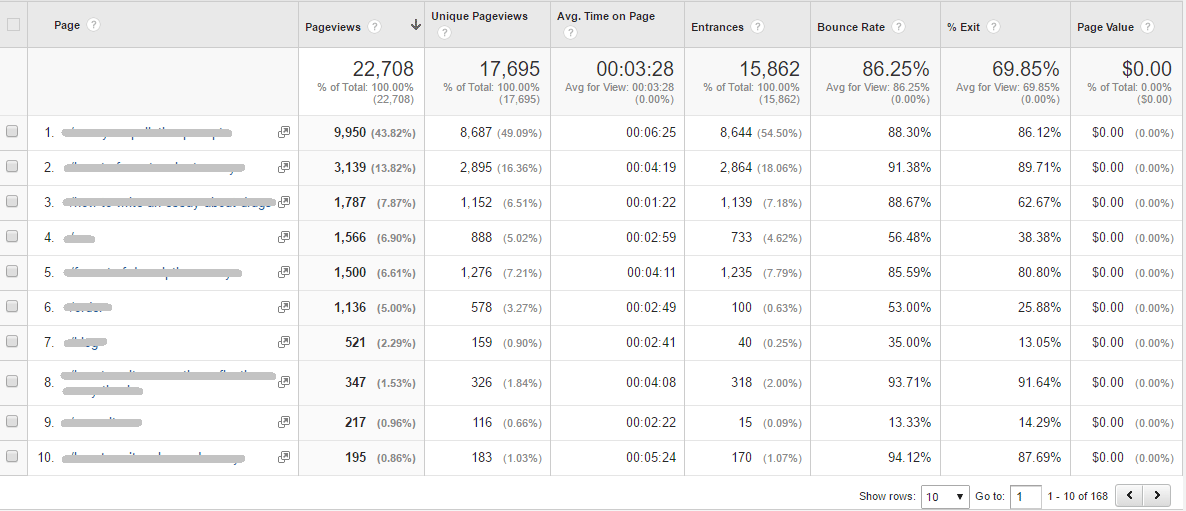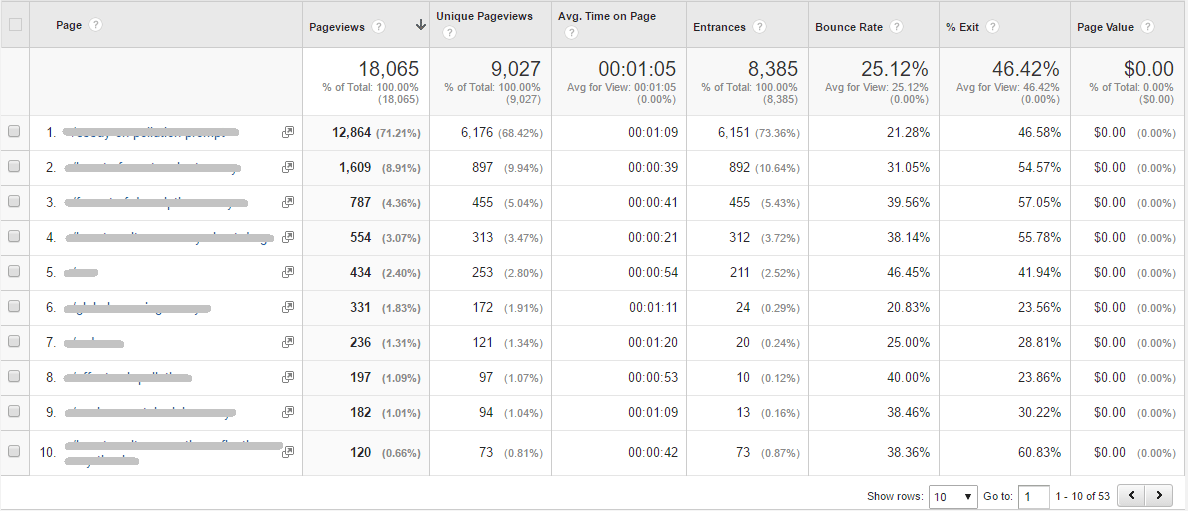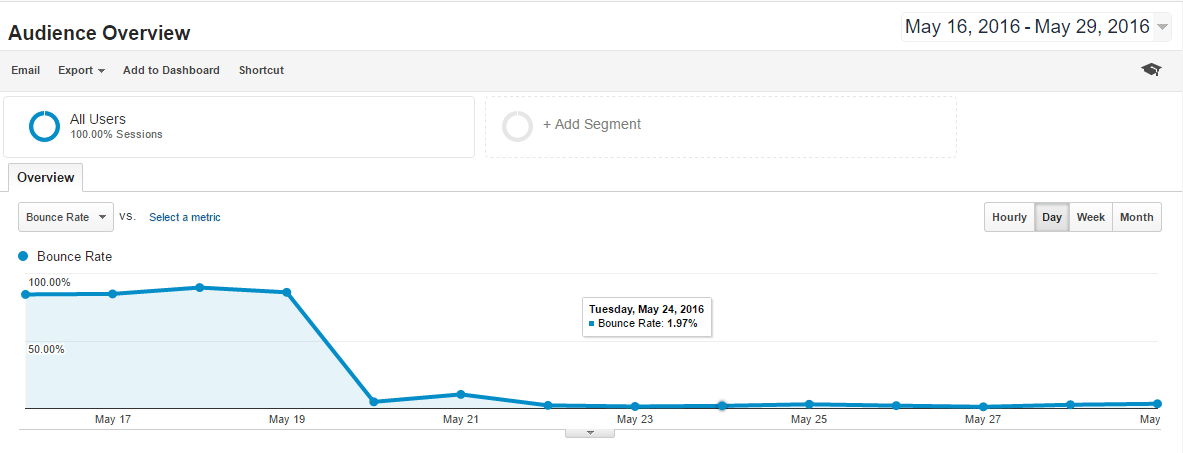SEO Сase Study: How to Decrease Bounce Rate from 86% to 25% in One Month


There are many tools to assess the effectiveness of a website in encouraging the users to surf its pages. Bounce rate is one of the most common and probably the most efficient indicators of visitors’ engagement. It is a percentage of sessions that end after a visit of only one page. The higher bounce percentage is, the more people leave the website before viewing other pages. Therefore, bounce rate is one of the most important analytical indicators. There may be many reasons why the users choose to leave a certain website after visiting one page. That is why it is important to acquire necessary information before taking any actions.
The following is a real life situation of one of the small business owners needing professional SEO help. Some pages of his website had bounce rate of 97%. Obviously, he wanted to reduce this figure at least in half but had no idea how to improve the website on his own. Therefore, he turned to our experienced SEO specialists. The number of unique visitors on the website was about 400-500 people per day.

Figure 1. Bounce rate between March 21 and April 30: the google analytics reports.
In Figure1, there is the data on the period of March 21-April 30. With a great number of new visitors and relatively low percent of those who stay on the page, the client had relatively high bounce rate.
After an in-depth analysis made by professionals using various web analytics tools, the most frequently visited pages that had a high bounce rate were identified.
The two last columns in Figure 1 demonstrate that 4 pages generated much traffic while having high bounce and exit rates. The home page had a high bounce rate of 56%, which is within the allowed limits. Thus, in order to optimize these pages, the specialists did the following:
– They identified the keywords, using which, the website visitors could find the pages via search engines. Professionals used the Ahrefs service and discovered that the keywords did not match the actual content sufficiently, which determined the next steps.
– Our Writology SEO writers rewrote the content to maintain the appropriate number of main keywords adding a few thematic ones.
– The specialists added a video tutorial.
– They wrote additional articles narrowing the topic and linked them to the home page. For example, if the content was about environmental pollution, three newly written articles containing useful information about air, water, and other types of pollution appeared on the website.
– Finally, the specialists wrote meta tags.
Figures 2 and 3 show the number of visitors in the last two weeks of May. It is evident that the optimized pages have started to generate more traffic while the bounce rate has significantly decreased. In fact, the average bounce rate was lowered to 25%. Following the same steps, everyone can achieve the same effect since the described principles are universal.

Figure 2. Bounce rate in May 16-29: the google analytics reports.

Figure 3. Bounce rate in May 16-29.
Despite the fact that the aforementioned process for lowering bounce rate is not the only option, follow the steps on the list if you ask yourself, “Why is my bounce rate so high?” Good website content with relevant key words is crucial at all times. Thus it should be checked regardless of the SEO issues. In fact, because the reason for high bounce rate may be different, one should follow the principle: different cause requires different treatment. Keep in mind that it is vitally important to identify the reason for high bounce rate first and then act. Only when you know the cause, you can develop adequate steps to reduce website bounce rate. Otherwise, you may spend too much efforts and have no result. Thus, knowing how to decrease bounce rate can help move a website up in Google rankings attracting more new visitors and potential clients.